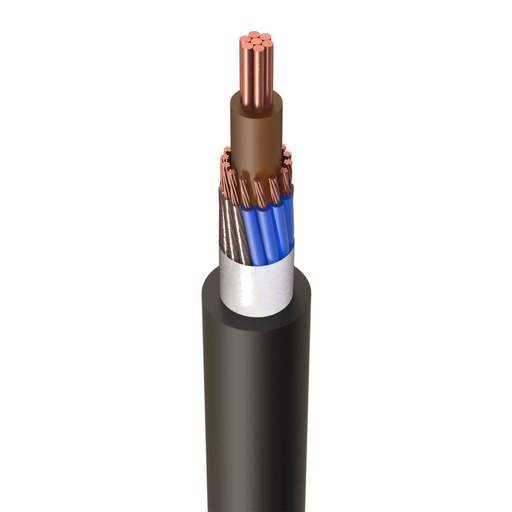Goodly morrow
Academic scenario: a final circuit is protected by a 32A fuse/mcb and it is supplied by a distrib circuit that uses two parallel line conductors each protected by two 32A fuses
For selectivity, if there is an overcurrent (overload or fault) on the final circuit near to the fuse, can one 'simply' consider the distrib circuit fuses as one fuse (each summed as such) ?
As there might not be 'selectivity' graphs for a 'summed' fuse/mcb arrangement, what would one do ... best ask the manufacturer ?
Thanks for any help in understanding, for my lacking brain.
